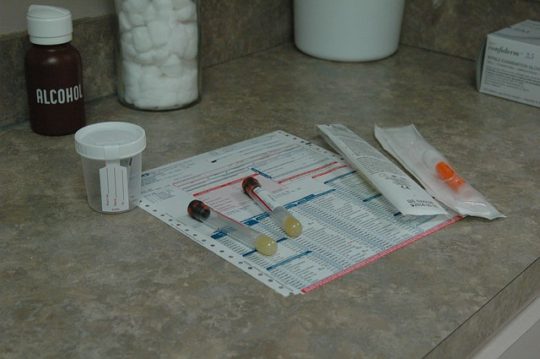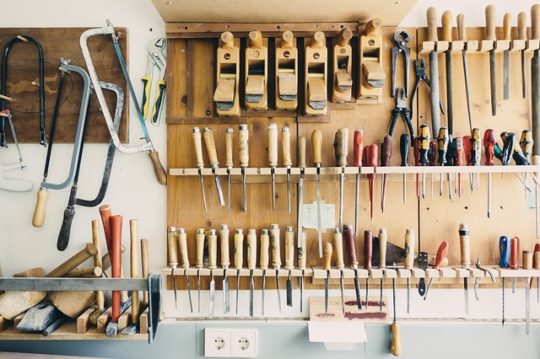
There are plenty of reasons why people decide to move: new job opportunities, a need for bigger or smaller space, lifestyle changes, etc. And when it comes to moving, most people already know that it can be a stressful situation packed with a lot of experiences and events that you may not have expected. However, instead of forcing yourself to be out of the loop when it comes to moving, it’s important for you to be as prepared as possible. In order to do that, here are the things nobody tells you about moving.
Be prepared before you put your house up for sale.
Moving isn’t something you can just randomly do and expect it go smooth. Instead, you need to be prepared before you put your house up for sale. That’s because you will need to do a variety of things, such as find a realtor, update and small issues that may be around your home, prepare for a home inspection, and understand all the costs and time involved. If you are really serious about moving, then be sure you are fully aware of how the process will likely work and what steps you need to take in order to move forward. All of this information can help ensure you have a better overall experience when it comes to your move.
There are a lot of people involved in the process.
While you may think you only need to deal with your realtor, there are actually a lot more people involved with your move than you may anticipate. First, you need a realtor to help you find a home. Then, you’ll need a mortgage broker to help you find the necessary funding for that home. Once you find a home and sign a contract, your mortgage broker will send all your information to an underwriter who will likely need more information, documentation, etc. in order to approve it. All of this paperwork will then also need to be viewed by your real estate lawyer, and the seller’s lawyer, before you can even schedule a closing.
Strategize your packing.
You may look around your house and think you don’t really have that much stuff to move, but once you start actually putting stuff in boxes, you’ll find that you own a lot more than you realize. This is why it’s necessary for you to strategize your packing in any way you possibly can.
- Go through closets, basements, and attics ahead of time and purge anything you no longer need.
- Honestly look at your belongings and furnishings and determine if these are all things you’ll need/use in your new space; if not, get rid of them.
- Pack one room at a time to be sure you are organized with your boxes.
- Use a recording system to keep track of what items are in what boxes so you’ll know where to find certain things when you need them.
Moving will cost money.
Even if you plan on doing everything yourself and making a profit on your home’s sale, it’s important to understand that moving will cost you money. However, that doesn’t mean it needs to be expensive; instead, find the best ways to save on moving costs, such as saving boxes or asking stores to take their shipping boxes off their hands; asking friends or family members for help; and even moving during the off-season. If you have a very tight budget, it’s really important that you are fully aware of what moving will cost so you can ensure you don’t get into a bad financial situation in order to do it.
Moving will take time.
While you will hope for a quick sale and to find the new home of your dreams with ease, chances are moving will take more time than you anticipated. Whether you have to sell your current place in order to move or if you are just looking to purchase a home for the first time, you need to understand the process, which goes something like this.
- Find a home you want to purchase.
- Put an offer on it.
- Haggle back and forth with owners.
- Agree to a price.
- Sign contract.
- Send over escrow money.
- Wait for mortgage company, banks, brokers, and lawyers to approve all paperwork.
- Schedule an inspection.
- Negotiate inspection findings, if applicable.
- Schedule closing.
Even in a good real estate market, it could take almost two months to close on a house, and that’s assuming everything goes well. Make sure you are aware of this so you can plan your move accordingly.
While you may have your reasons for moving, it’s still very important that you fully understand what you’re getting into so you can be more prepared for the overall experience.








































































